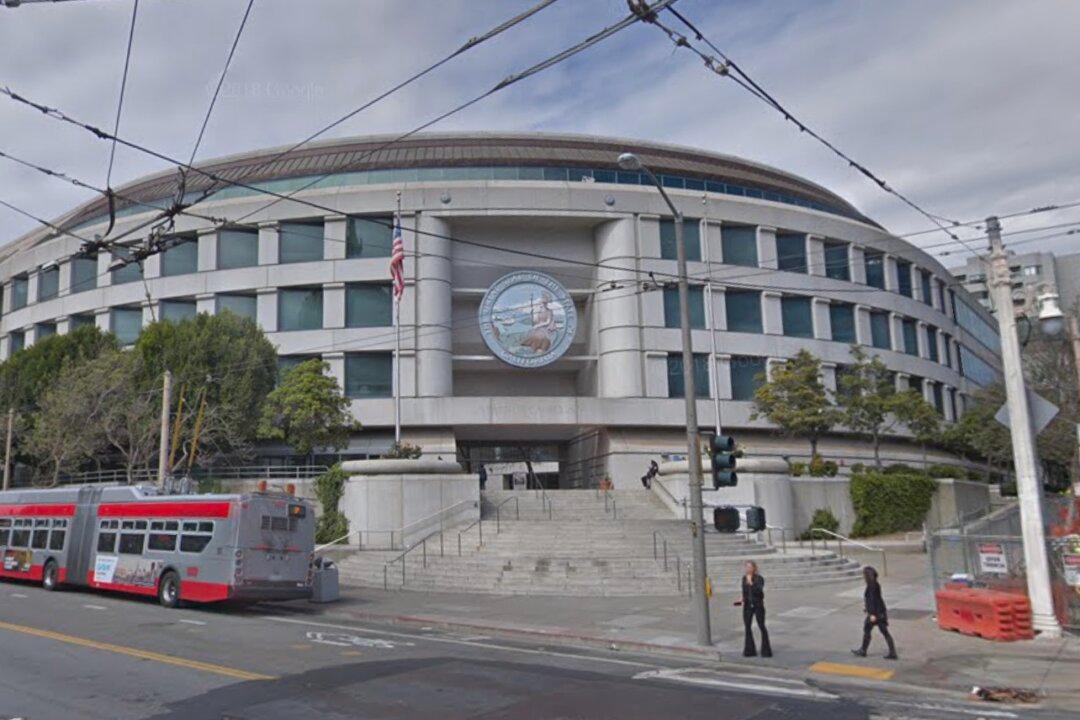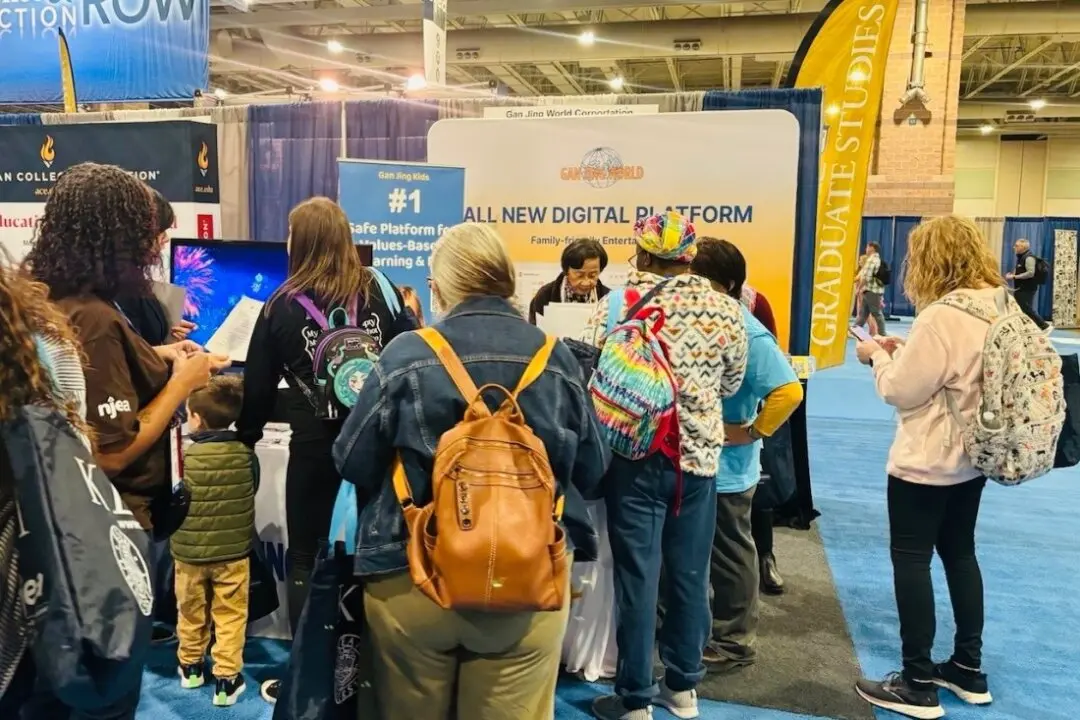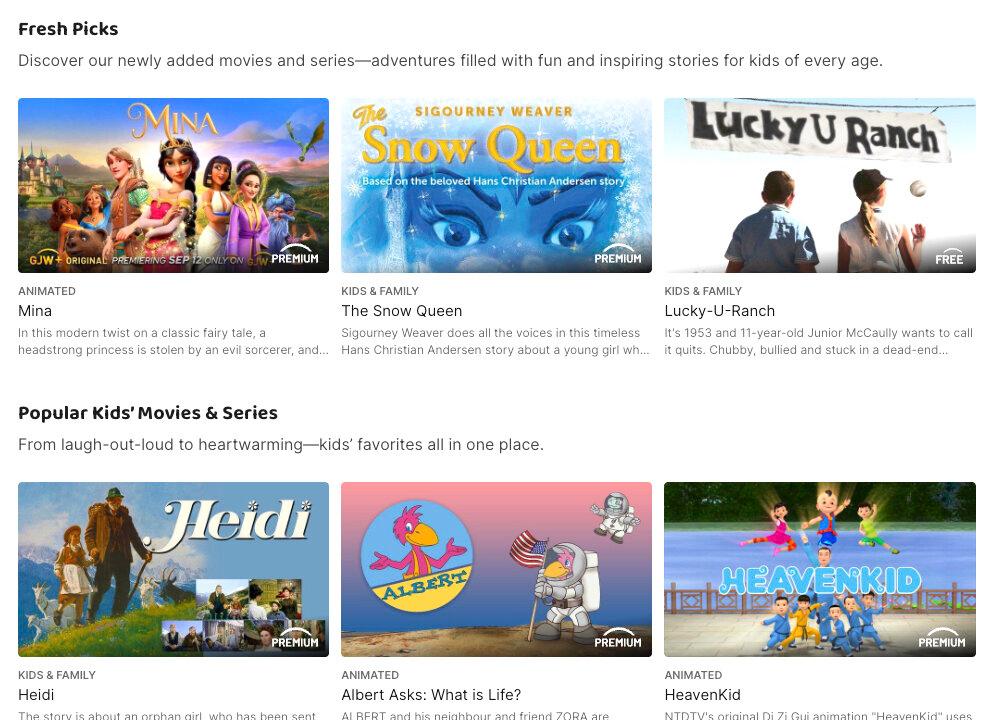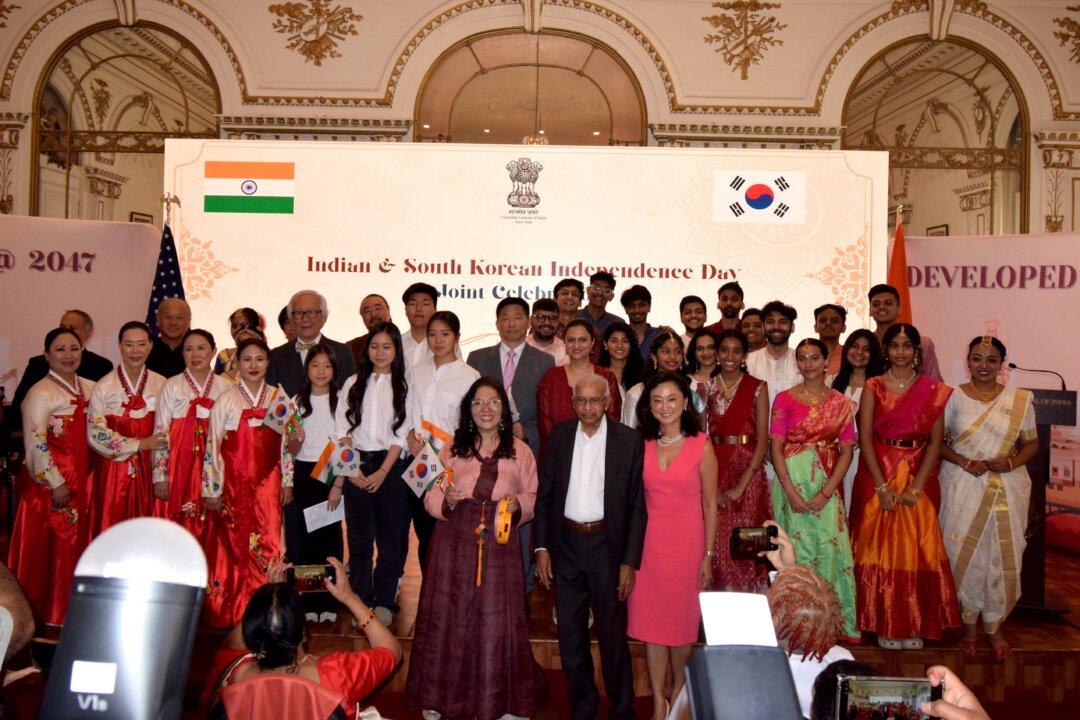One decade after the California Public Utilities Commission voted to stop requiring Social Security numbers for applicants of a subsidized cell phone service, the change may soon take place.
The commission on July 22 proposed that the California Universal Lifeline Telephone Service Program, known as California Lifeline, be offered to Californians without a Social Security number. As CalMatters first reported, the commission ruled the same in 2014, but the requirement was never removed from applications.





